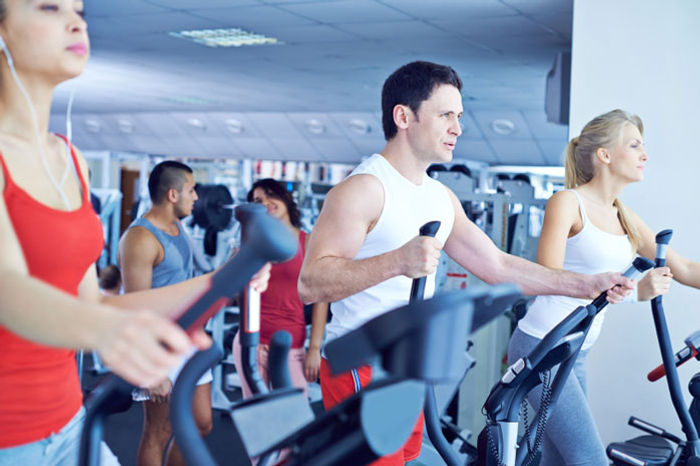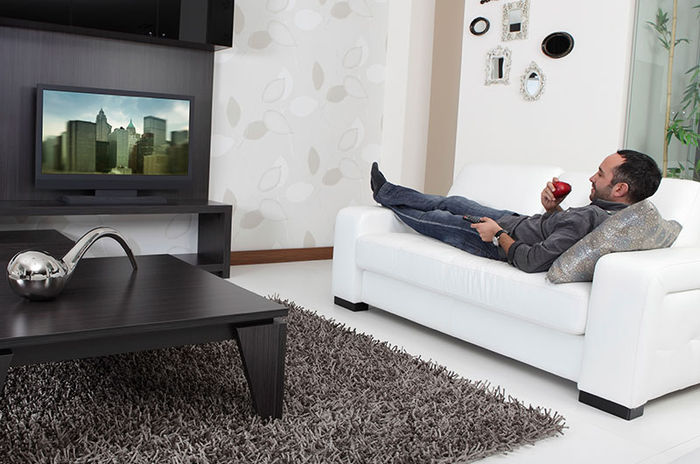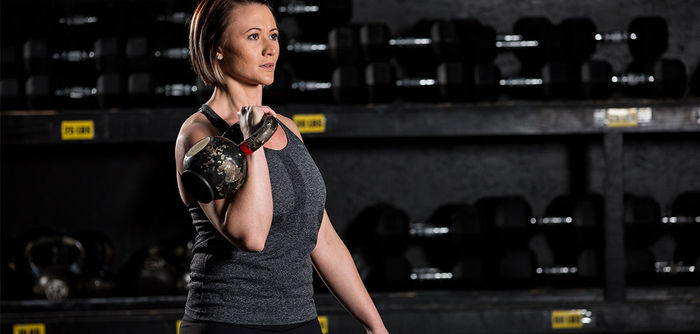What was previously a binary model of thinking, either I love my body or I hate it, is now a sliding scale with a middle zone known as body neutrality. Fitness professionals regularly interface with participants in spaces where body critiques may be a consistent part of their dialogue. Body neutrality instead suggests that there are several ways we get to feel about the size or shape of our bodies but that those feelings do not determine our worth or our body's purpose. Fitness professionals can make a difference in our participant's experiences by modifying how we discuss body size, body image, and its relatedness to health.
WHAT IS BODY NEUTRALITY
Body Neutrality: Recognizing that a body that exists is important and is worthy of love and respect, no matter what.
Coined in 2015 by Anne Poirier, this philosophy is a shift in the body image perspective. Rather than looking to qualify the body's appearance as good or bad, we can find nuance in our feelings. Recognizing that some days we might have strong feelings of love, while other days may result in displeasure or no particular feelings at all. We can instead seek to prioritize function over appearance. We can love ourselves without the need to always love our bodies. We can respect our bodies without feelings of excessive positivity or seeking to change our physical form. Our body can simply just be our body. It carries us through life experiences and is not an outward representation of our strength, power, abilities, etc.
The existence of body neutrality does not imply that body positivity is wrong, but instead, that there is a large spectrum of how people experience their bodies. It’s not as linear as moving from hate to love.
In the book The Body Liberation Project: How Understanding Racism and Diet Culture Helps Cultivate Joy and Build Collective Freedom, author and ACE collaborator Chrissy King shares the considerations we must be aware of when utilizing body-neutral language: “We have to consider the implications of intersecting identities and the impact that has on one’s ability to practice body neutrality or even acceptance. When an individual has been faced with the challenges of fatphobia, ableism, and anti-Blackness, among other things, it’s easy to see why even being neutral about your body can be a huge feat when you are constantly inundated with messages that tell you otherwise.”
People's feelings about their bodies are varied, personal, and deep. It’s important to consider this when working with clients and class participants.
WHY YOU SHOULD USE BODY NEUTRALITY
By implementing the concepts of body neutrality, fitness professionals can provide participants of all body sizes and fitness experience levels with exceptional services that more effectively support their overall health. The benefits of utilizing this philosophy include the following:
- Creates a More Holistic Experience for Participants: When we utilize body-neutral language with our participants, we make room to center the important and varied health outcomes that participants experience from physical activity. This creates a more holistic and fulfilling exercise experience and allows participants to feel empowered by their efforts.
- Attracts & Retains New Participants: Consumers have a wide variety of needs and motivations, and utilizing this philosophy provides an opportunity to connect, attract and retain exercisers that align with it. Conversely, body image or aesthetic-driven fitness marketing has the potential to alienate participants that no longer connect with those standard outcomes.
- Enhances Participant Connection & Belonging: Body-neutral messaging demonstrates intention and care to participants. It allows them to feel seen, understood, taken care of, and valued as they are. This increases their connection to you or your business and increases their sense of belonging.
- Enhances Self-Efficacy: Participant self-efficacy is enhanced when we focus on the body's function and empowerment and remove expectations of specific body image feelings or responses.
HOW TO UTILIZE IT IN YOUR WORK
Here are three ways that you can utilize body neutrality in your work:
- Your Personal Practice
- It's important to understand how your own feelings about your body inform how you approach participants in your work as a fitness professional. How does your relationship with your body affect how you work with participants? Get curious about how this concept relates to you and your ability to connect with others who may require different language around their body.
- Marketing
- Marketing messaging is the first interaction you have with future or potential participants. Your brand and message tells them who you are, what you believe in, and whether or not they’ll feel they belong in your space. Consider using body-neutral language that focuses on the many health outcomes of physical activity like: overall health, self-efficacy, community, adventure, fun, new skills, mental health, stress reduction, etc. This demonstrates to current and potential participants that you value them as they are and that they belong in your business. Their body does not define their worth and furthermore, changing their body is not a requirement to achieve health.
- Coaching & Teaching
- Your direct interactions working with clients and participants make a significant impact. Consider how you communicate, celebrate, or acknowledge their success and ensure it's focused on a health outcome, skill or fun. Eliminate comments about the body's appearance. Leave room for the participant to express themselves however they like without dictating their language or sentiment. Be critical of your language and mindful of its impact.
In a recent interview with ACE, Louise Green, the creator of the Size-Inclusive Fitness Specialist program, shares this suggestion:
“The biggest thing a fitness professional can do is to not contribute to the weight bias and negative experiences this client has already endured. Make the client feel like their body is on their side and that their body is capable, train and treat them like an athlete. When we hone in on weight loss and restriction with clients who have a long history of body distrust, hatred or trauma, we are actually inflicting more pain into the situation. Work with clients to build them up [and] don’t talk about getting them down to a certain size or weight. We know that with regular exercise health markers improve, people feel better, and, when we empower our clients through exercise and uphold their bodies, their confidence levels rise high.”
Fitness professionals are responsible for creating environments that support participants and enhance their health, and by utilizing the concepts of body neutrality, they can be more effective at doing so. How can you integrate this philosophy into your work?
Looking to deepen your knowledge? Check out the Size-Inclusive Fitness Specialist Course or the online course A Space for Every Body: Addressing Weight Bias in the Fitness Industry.
 by
by 










 by
by